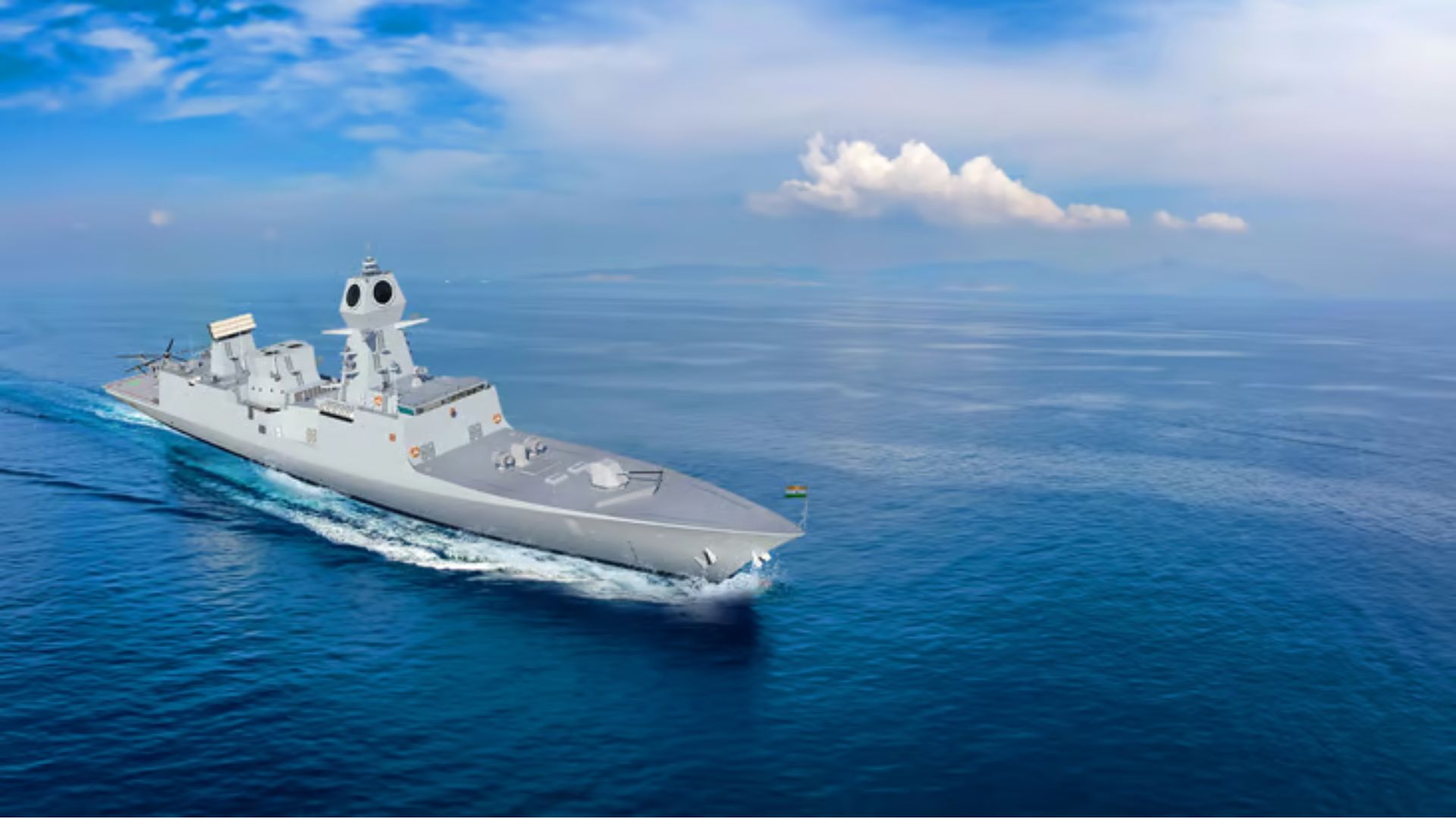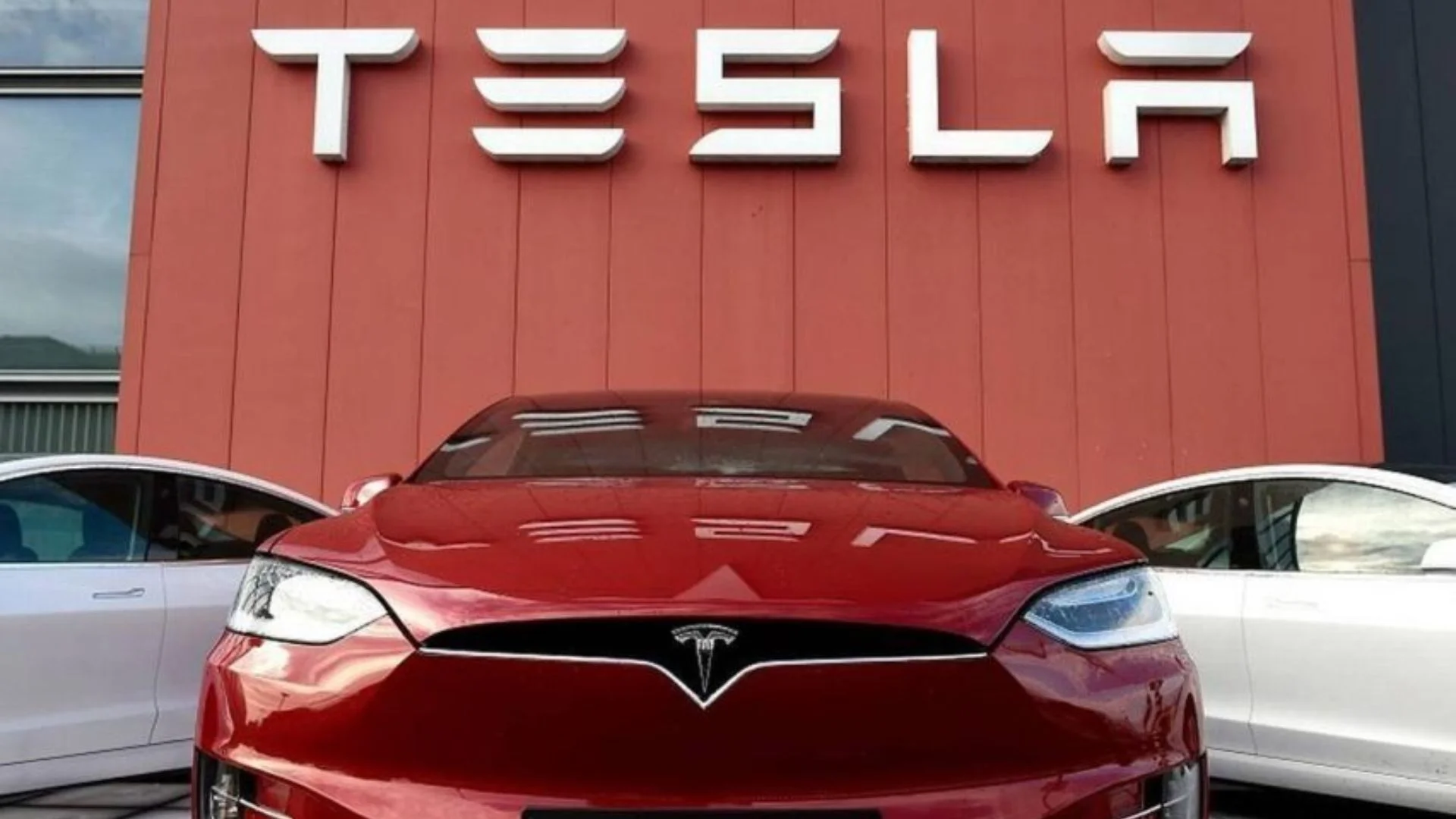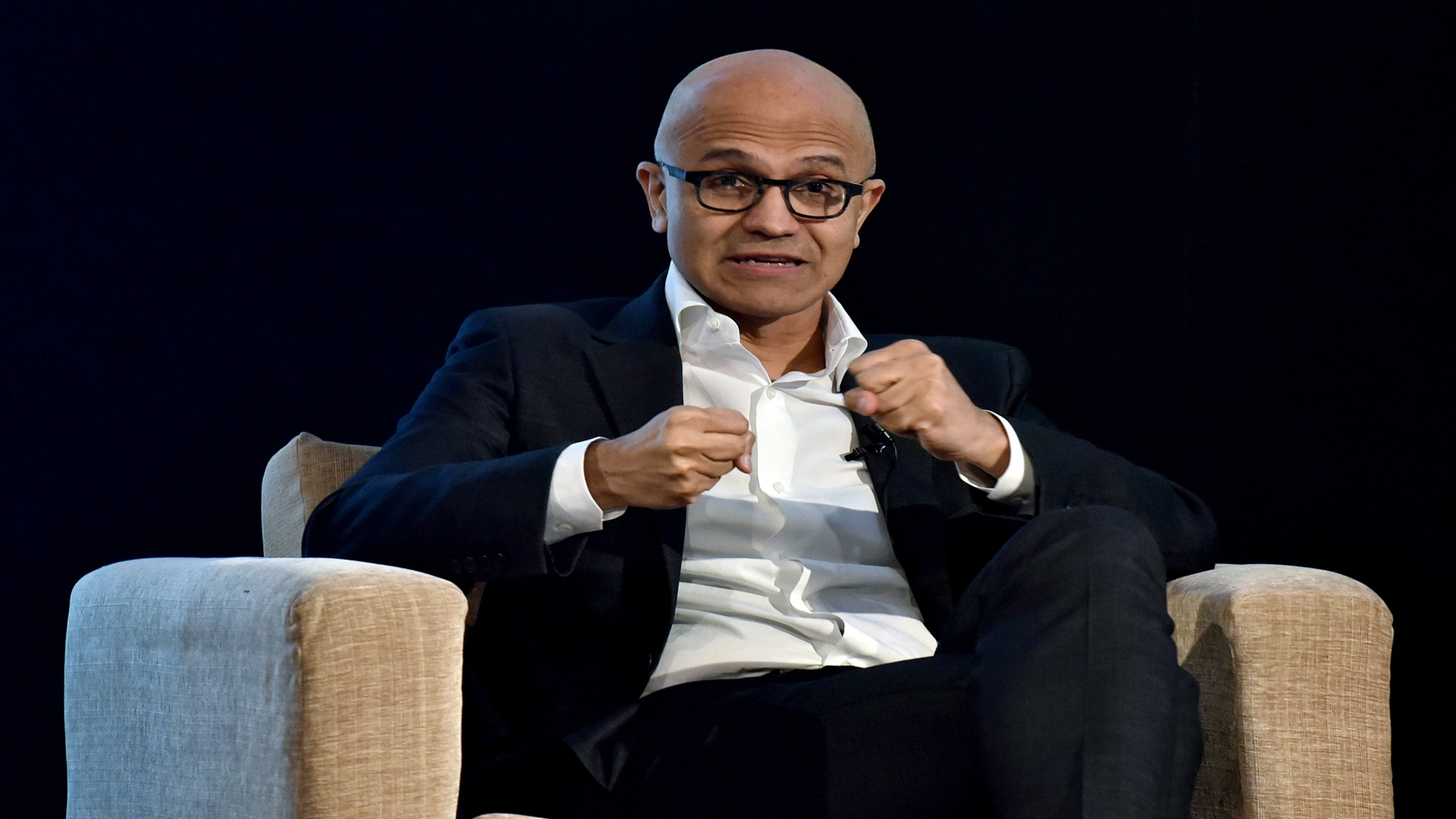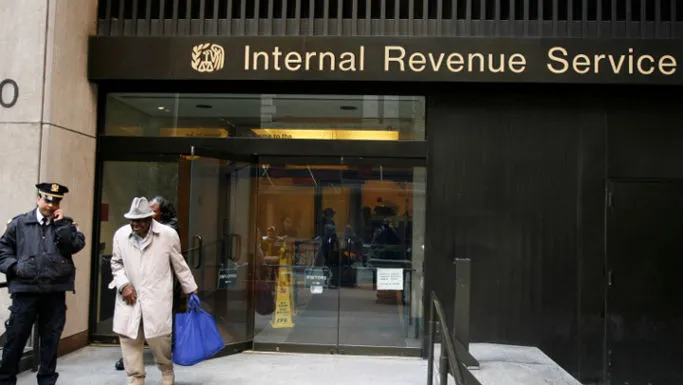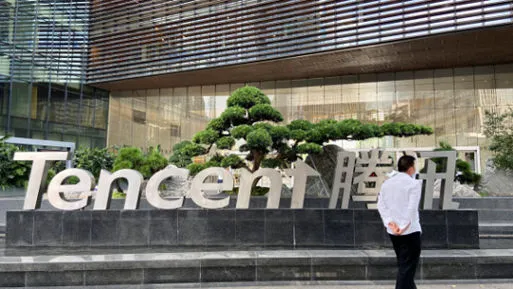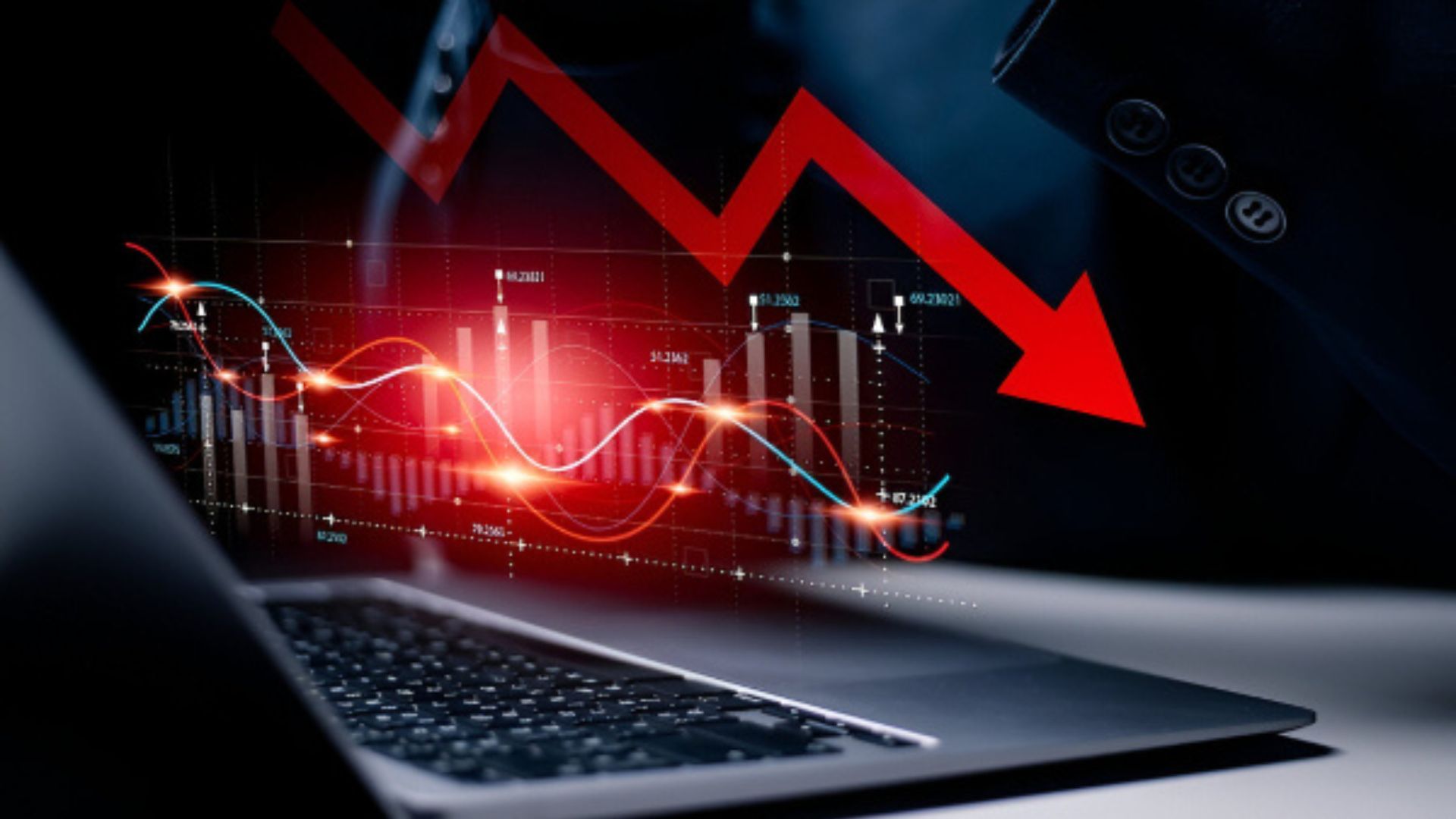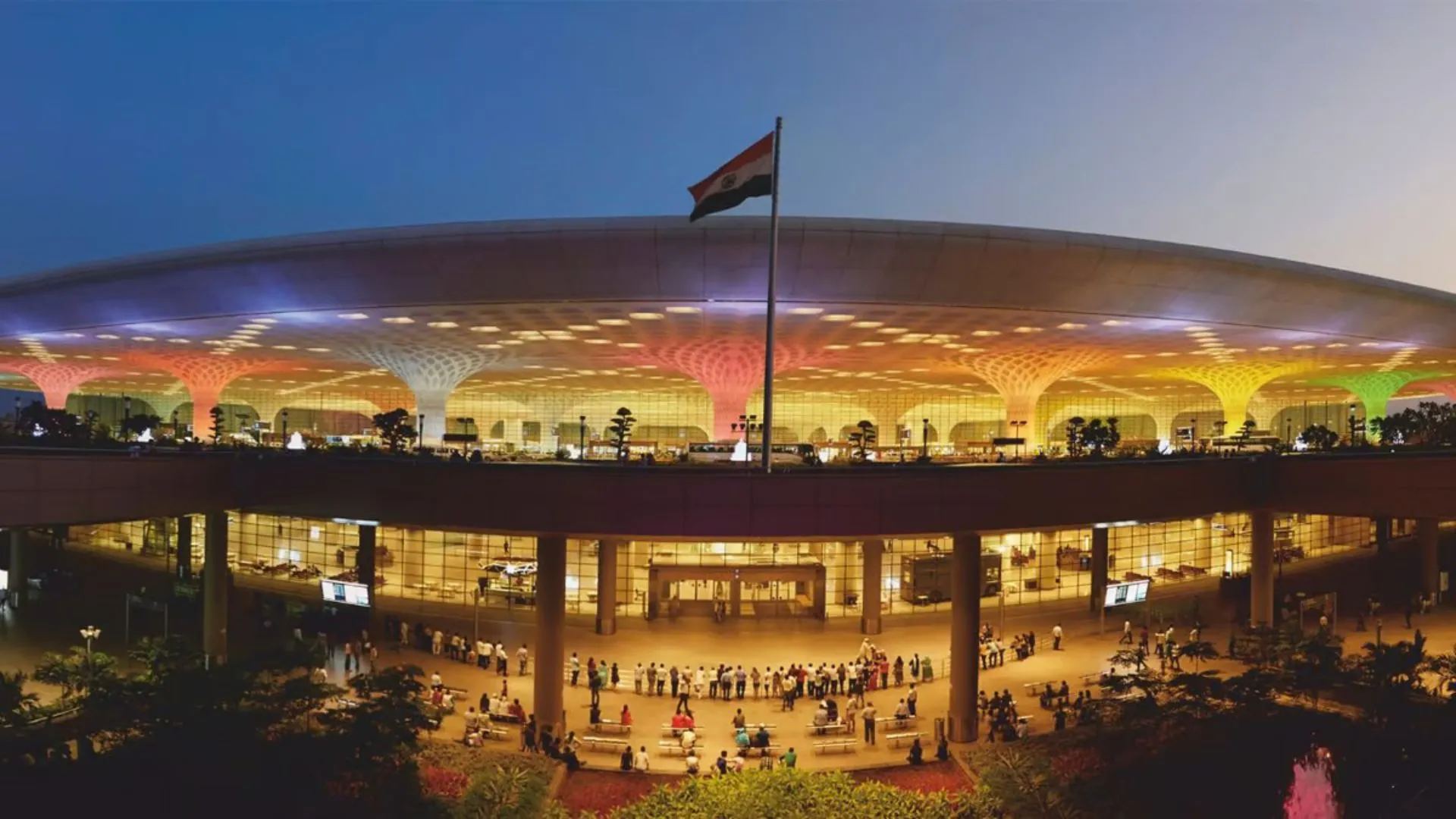According to a report by global investment banking firm JP Morgan, India’s defence sector is set for significant and sustained growth, driven by increasing capital expenditure. The sector’s growth is underpinned by factors such as rapidly expanding defence exports, a strong emphasis on domestic manufacturing, high returns on capital employed (RoCE), and robust cash flows.
Indian govt has implemented policy changes to accelerate the growth of manufacturing
Over the past decade, the Indian government has successfully implemented policy changes to accelerate the growth of domestic defence manufacturing. JP Morgan believes that the sector is still in the early stages of a prolonged growth trajectory, and the recent market correction presents an attractive entry point for investors.
The report highlights that geopolitical factors and historically low defence spending have led to increased capital expenditure in the sector. India’s capital expenditure on defence is expected to rise from $85 billion over the past five years to $150 billion in the next five years, driving sectoral revenue growth at a compound annual growth rate (CAGR) of 12-15% over the coming years.
The government has introduced various policy measures and reforms to promote indigenous design, development, and production of defence equipment, advancing self-reliance in defence manufacturing. Significant investments are being made in defence and aerospace manufacturing, with the establishment of several defence hubs. Many global companies have also shared or expressed willingness to share critical defence and aerospace expertise with India.
India’s defence exports have reached a record Rs 21,083 crore (approximately $2.63 billion) in the financial year 2023-24, marking a 32.5% increase from the previous fiscal year. Defence exports have grown 31-fold over the past decade, and the total value of defence production in India has increased by 17% to Rs 126,887 crore in the last fiscal year.
Overall, JP Morgan’s report suggests that India’s defence sector presents a long runway of growth, driven by increasing capital expenditure, expanding defence exports, and a strong emphasis on domestic manufacturing.

